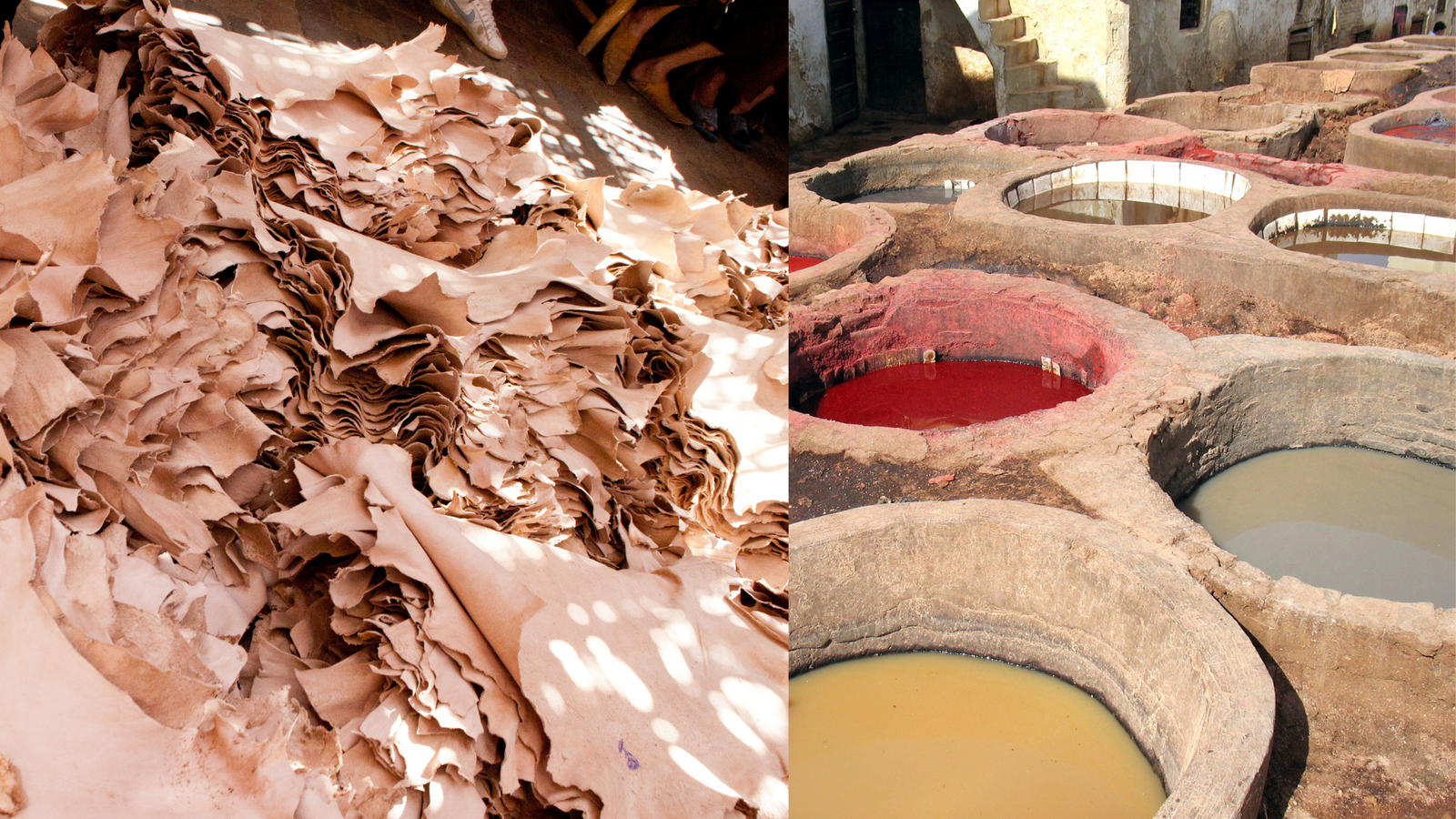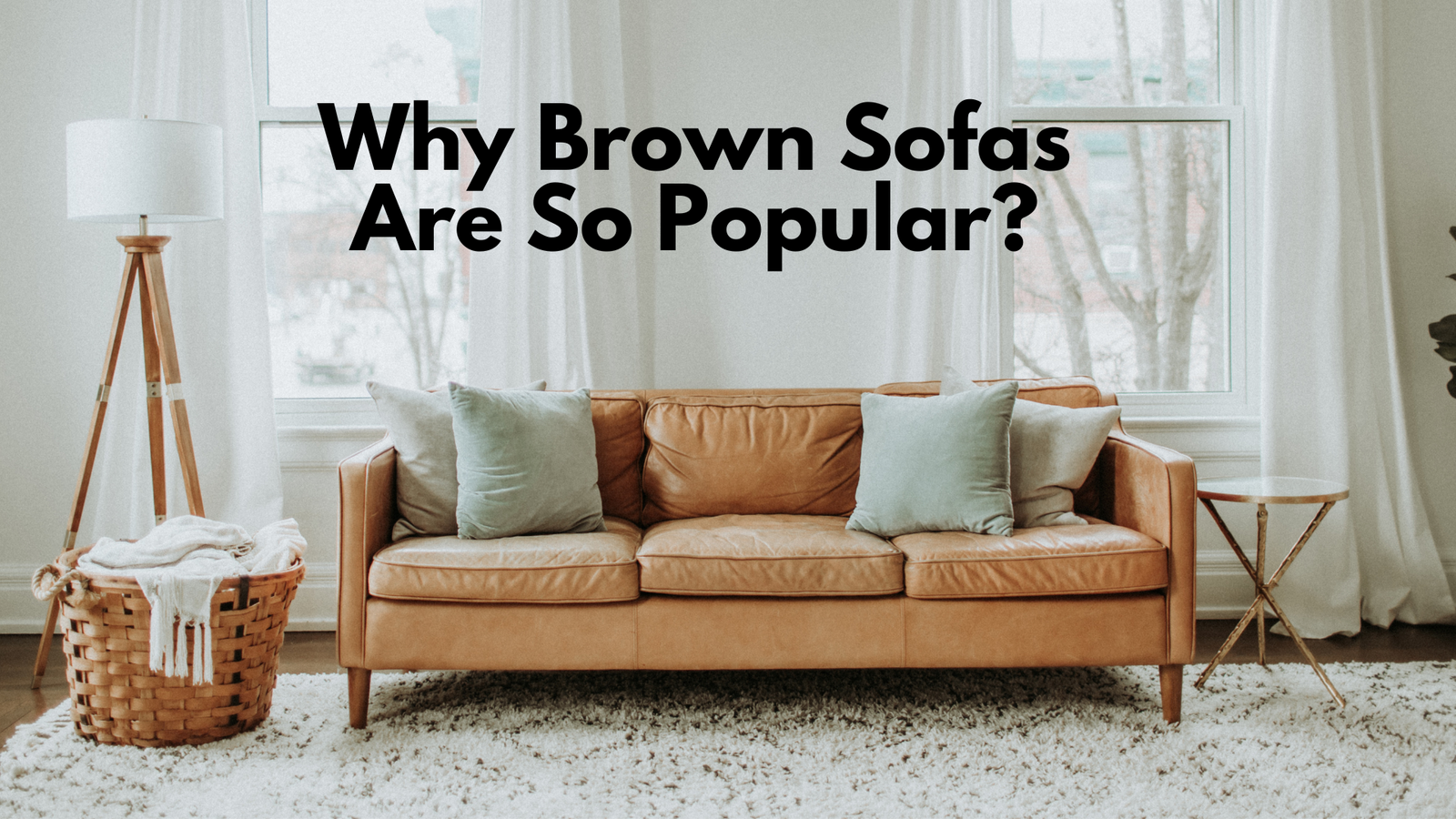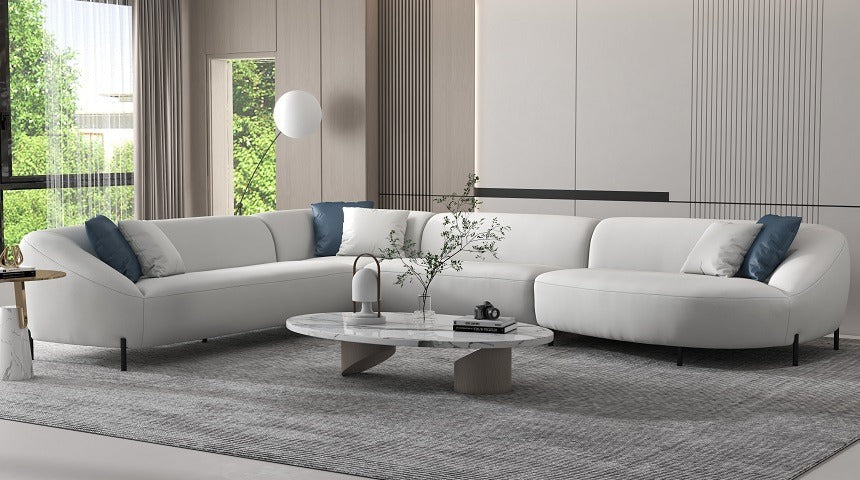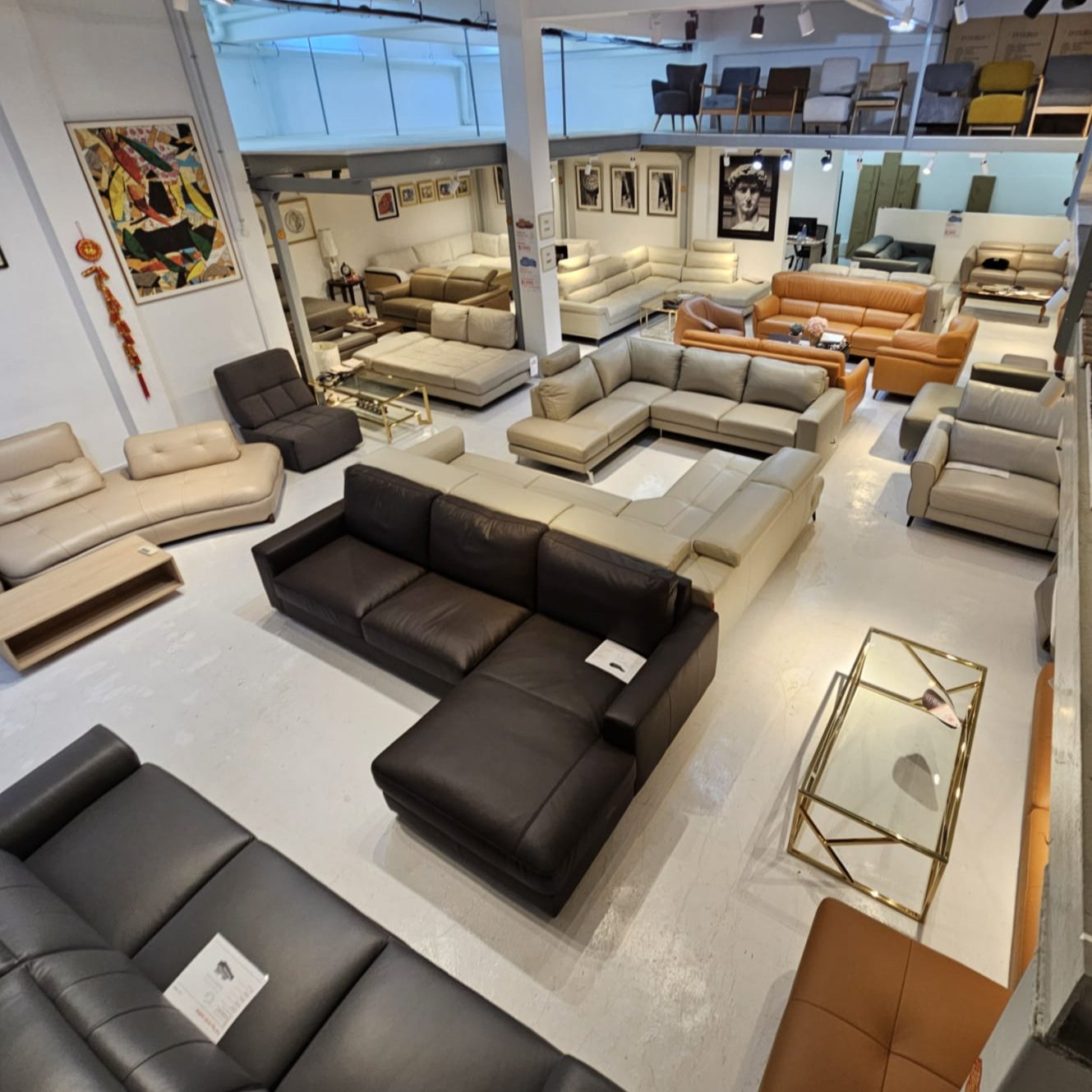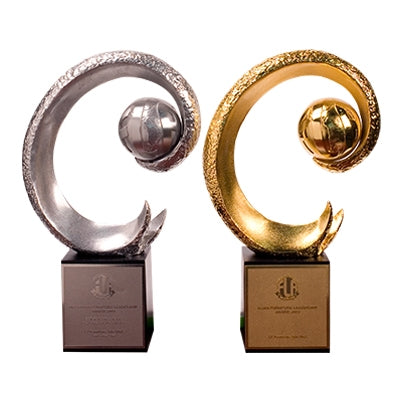The production of top grain leather involves a detailed, multi-step process that refines raw animal hides into a high-quality material used in various products. In addition to the fundamental steps, advanced finishing techniques, such as polyurethane (PU) or silicone coatings, fleshing, and embossing, are applied to enhance durability, texture, and aesthetic appeal. Below is an in-depth look at how top grain leather is made, including these additional processes:
1. Flaying: A By-product of the Meat Industry
The process begins with flaying, which involves removing the hide from the animal. The hide is a by-product of the meat industry, collected during the slaughtering process. Care is taken to ensure minimal damage to the hide, as any imperfections can affect the final quality of the leather.
2. Salting
After flaying, the hides are treated with salt to preserve them. This step prevents decomposition by drawing moisture out of the hide, keeping bacteria and decay at bay. Salting is essential for maintaining the integrity of the hide before it undergoes further processing.
3. Washing
To prepare the hides for processing, they are thoroughly washed to remove salt, dirt, and any other impurities. Washing restores moisture lost during salting and softens the hides, making them easier to work with.
4. Fleshing
Fleshing is a key process that removes any remaining flesh, fat, or connective tissue from the hide's underside. Special fleshing machines are used to scrape away these materials, ensuring the hide is clean and smooth for the next stages. This process is crucial for producing uniform and high-quality leather.
5. Liming
The hides are then soaked in a solution of lime and other chemicals to loosen the hair and natural fats. Liming opens up the collagen fibers within the hide, making it more pliable and easier to work with during the tanning process. This also swells the hide, further preparing it for chemical treatments.
6. Tanning
Tanning is the core process where raw hides are transformed into leather. Hides are treated with tanning agents—either vegetable or chemical (chromium)—which stabilize the proteins and fibers in the hide, making it durable, flexible, and resistant to decay. The tanning process defines the essential properties of leather, including its strength and longevity.
7. Trimming
After tanning, the hides are trimmed to remove any ragged or uneven edges. Trimming ensures that the leather is uniform in shape and size, ready for splitting and other processes. This step also helps eliminate any excess material that may not be suitable for the final product.
8. Splitting
During splitting, the thick hide is divided into layers. The top layer, known as the top grain, is the strongest and smoothest part of the hide, while the lower layers, referred to as split leather, are used for lower-grade products. The top grain retains its natural surface and is highly valued for its durability.
9. Re-tanning
After splitting, the top grain layer undergoes re-tanning. This process adjusts the leather's firmness, flexibility, and color. Re-tanning can involve different chemicals, depending on the desired characteristics of the final product. It also helps refine the texture, ensuring the leather is supple and of high quality.
10. Ringing
The ringing process removes excess moisture from the leather. After re-tanning, hides are passed through rollers that squeeze out water, preparing them for the drying phase. This step ensures even moisture removal, which is crucial for preventing warping or uneven texture.
11. Drying
There are several drying methods used, each of which affects the final texture and appearance of the leather:
- Toggling: Hides are stretched on frames, which prevents shrinkage and maintains the leather's shape.
- Vacuum drying: A vacuum is applied to remove moisture quickly, resulting in smooth and flat leather.
- Air drying: Hides are left to dry naturally, creating a softer, more flexible texture.
- Rolling: Rolling removes any remaining moisture while flattening and smoothing the leather.
12. Staking
Once dried, the leather may become stiff, so it undergoes staking, which softens it mechanically. The staking process loosens the fibers, adding pliability and making the leather more suitable for its intended use. This step is vital for creating supple leather for high-quality products like upholstery and apparel.
13. Milling
Milling involves tumbling the leather in large rotating drums. This process softens the leather further and creates a natural, pebbled texture. Milling is particularly useful for enhancing the leather's tactile appeal, making it softer and giving it a luxurious feel.
14. Polyurethane (PU) or Silicone Coating
To improve durability and resistance to stains or water, a thin layer of polyurethane (PU) or silicone is applied to the leather. This coating is often done through a rotating spray process, ensuring an even application. PU coatings are popular for adding water resistance and making the leather easier to clean, while silicone coatings offer additional protection against heat and moisture.
15. Embossing Top Grain Leather
Embossing is an aesthetic process that involves pressing patterns or textures into the surface of the leather. Using heated rollers or plates, various designs, such as grain patterns or logos, are imprinted onto the leather. Embossing enhances the visual appeal and can also hide any imperfections in the leather’s surface, creating a more uniform appearance.
16. Measuring
Finally, the leather is measured to ensure it meets size and quality specifications. Machines are used to scan the hides, calculating their surface area and ensuring they are ready for sale or further manufacturing. Accurate measuring is crucial for ensuring minimal waste and maximizing the efficiency of leather usage in various products.
Americana 1-Seater (MB0598) Full Top Grain Leather Lounge Chair (I)
Conclusion
The process of creating top grain leather is complex and involves multiple stages, each of which plays a crucial role in refining raw hides into high-quality leather. From flaying, salting, and washing to advanced steps like fleshing, splitting, and coating, every phase contributes to the durability, texture, and appearance of the final product. Coating, embossing, and milling are essential for enhancing the leather's functionality and aesthetic appeal, making it suitable for a wide range of applications. This intricate process ensures that top grain leather remains a preferred material for luxury goods and durable products.
Recommended Links
- Shop all KUKA leather sofas.
- Recliner Collection.
- Caring for PU, PVC, and faux leather sofas and furniture.
- Semi-Aniline Leather vs. Full-Aniline Leather: Understanding the Difference.
- Leather Sofas - Top 10 Frequently Asked Questions (Singapore).
- Shop solid wood sofas.
- Shop leather recliners.
- Follow our facebook page for the latest deals.

